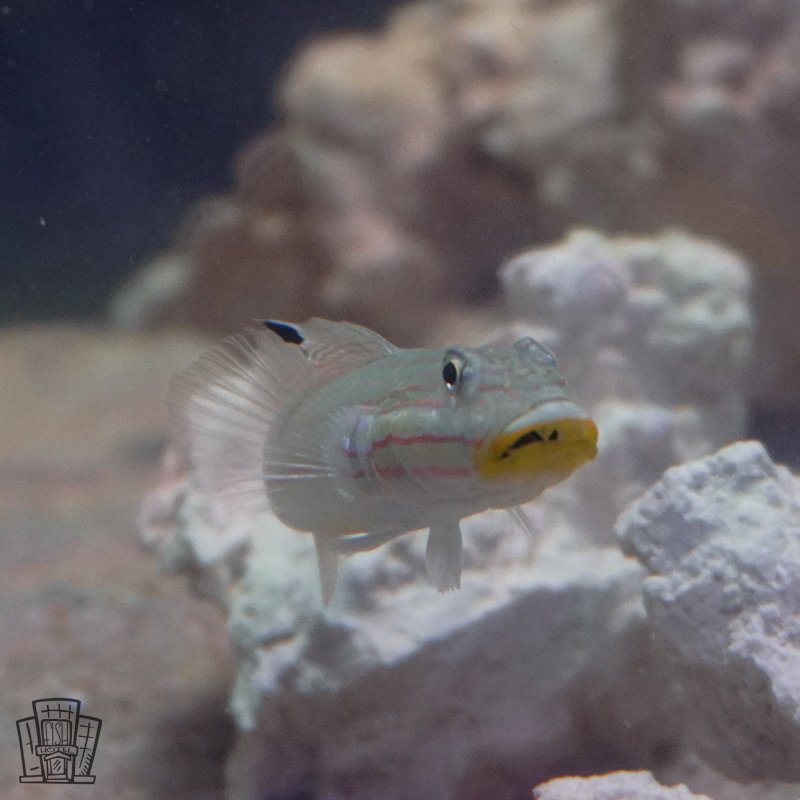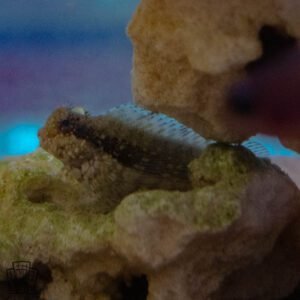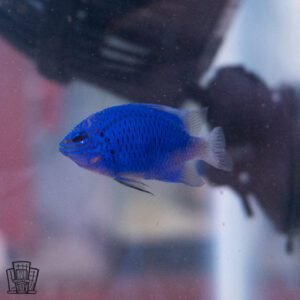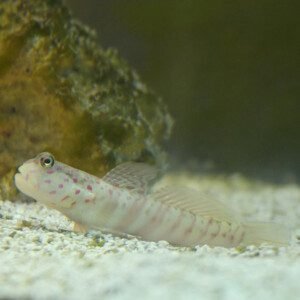Description
- Scientific Name: Valenciennea muralis
- Common Names: Mural Goby, Striped Sleeper Goby
- Maximum Length: 6 inches (15 cm)
- Minimum Aquarium Size: 30 gallons (113 liters) for a single fish; 50 gallons (189 liters) or larger for a pair. Their burrowing habits and need for a spacious sand bed call for a bit more room.
- Foods and Feeding Habits: Carnivorous, sifting sand for small invertebrates and organic matter in the wild. In aquariums, offer frozen mysis shrimp, brine shrimp, or finely chopped seafood, supplemented with sinking pellets. Feed small amounts 1-2 times daily, though they may benefit from more frequent feedings to match their active lifestyle. A deep, fine sand bed allows natural foraging, keeping them healthy.
- Reef Safety: Reef-safe; they don’t harm corals or invertebrates, making them a great fit for reef tanks. Their sand-sifting may stir the substrate.
- Temperament: Peaceful but territorial with their own kind or other bottom-dwellers. They’re best kept singly or as a bonded pair. Pair with calm tankmates like small wrasses, blennies, or dartfish to avoid territory disputes.
- Description: The Mural Goby brings a practical charm to marine tanks. Its pale body, marked by dark horizontal stripes, blends into the sandy substrate it loves to dig. Native to the Indo-Pacific, from East Africa to the Hawaiian Islands, they thrive in tanks with a deep, fine sand bed for burrowing and live rock for cover. Their tireless digging creates small burrows, adding a unique personality to the tank. They may jump from open tanks, so a secure lid is recommended. A solid choice for aquarists who enjoy an active, low-maintenance fish.
Fun Facts:
- Mural Gobies are master excavators, constantly digging burrows in the sand, which they use as homes and hiding spots.
- Their striped pattern provides excellent camouflage on sandy bottoms, helping them evade predators in the wild.
- In the wild, they often share burrows with pistol shrimp, forming a symbiotic duo where the goby acts as a lookout.





